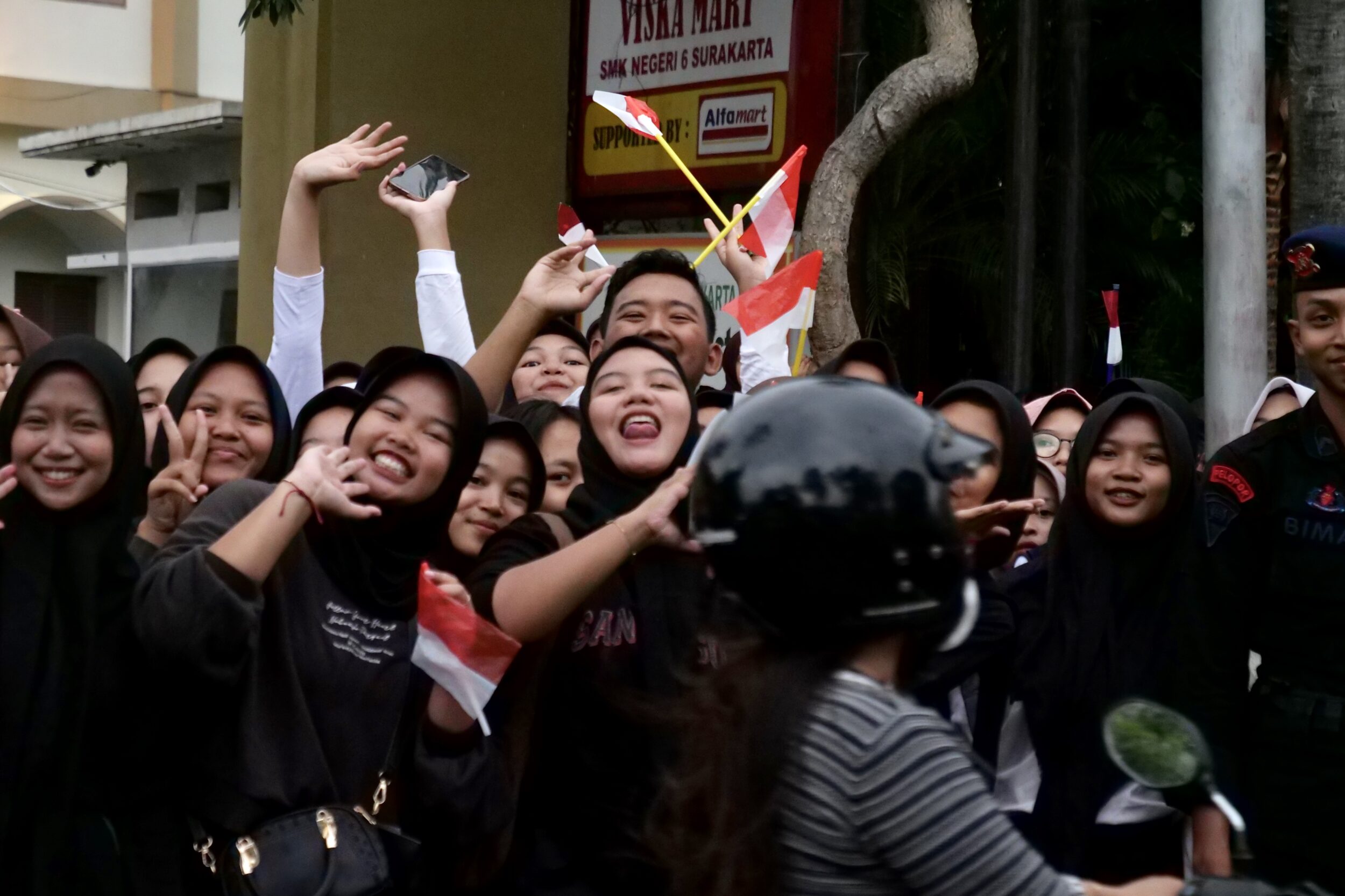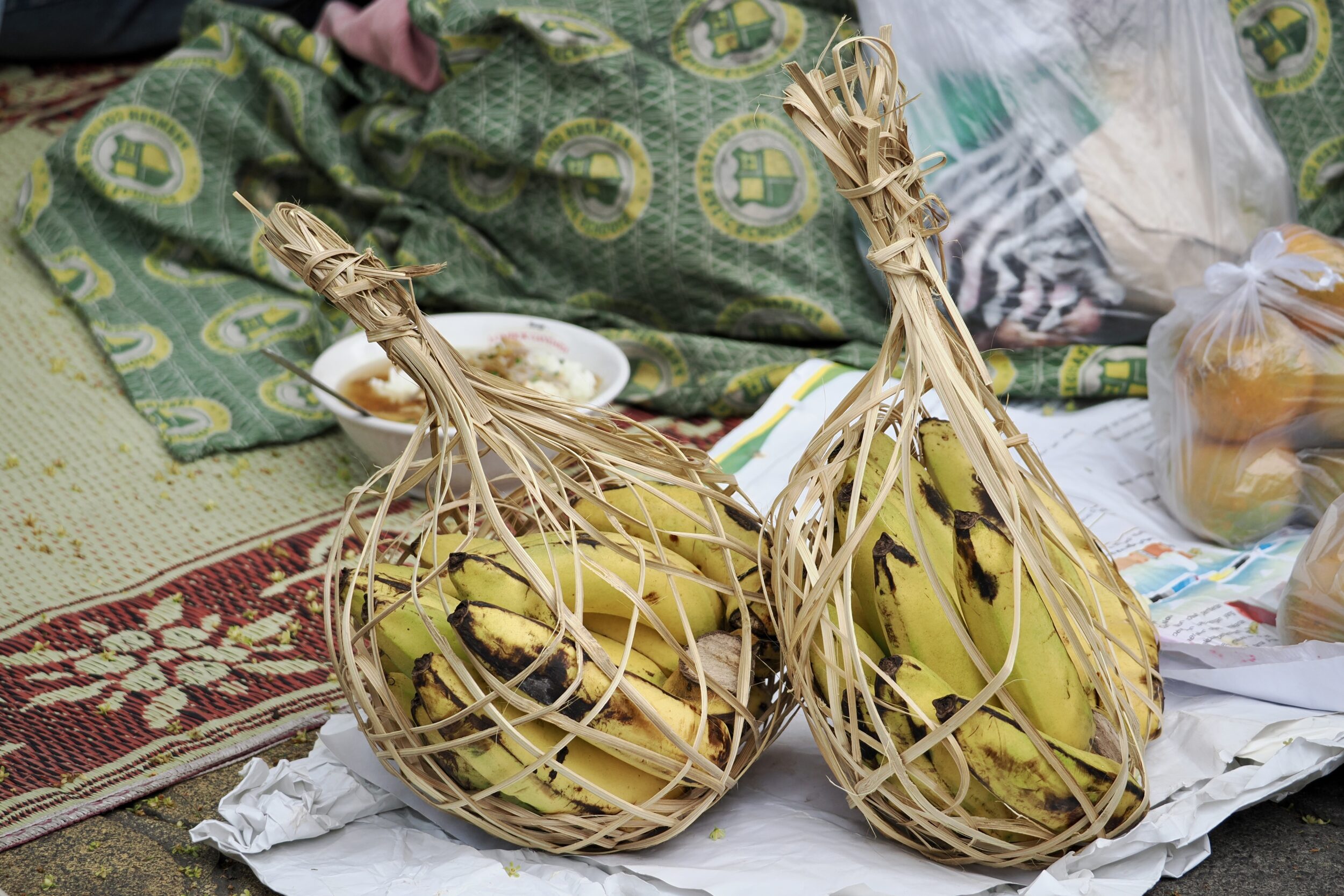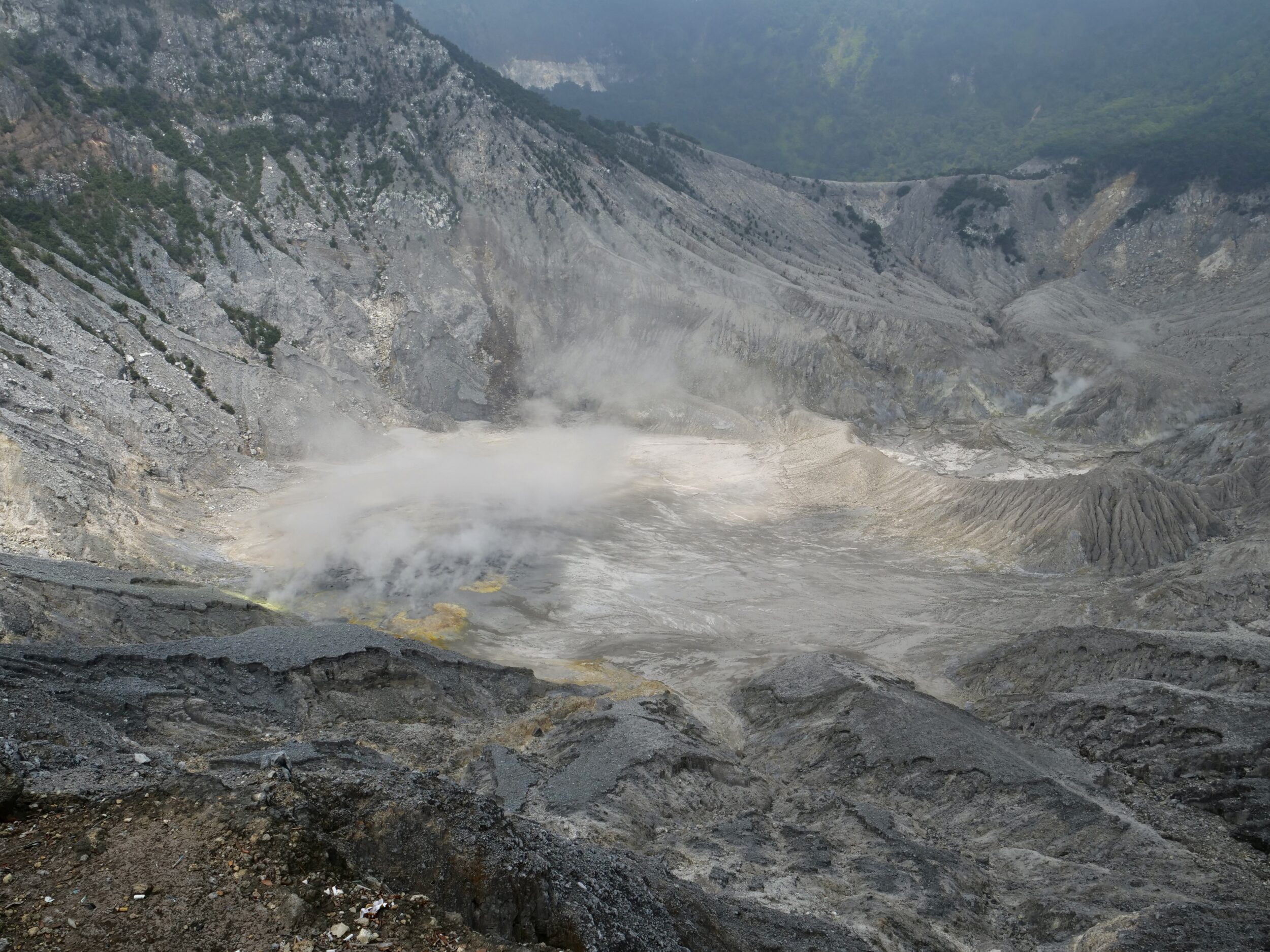At 2,329 m ASL, East Java’s Mount Bromo (Gunung Bromo) comfortably exceeds Australia-proper’s high point.
Its own complex includes several taller volcanoes, but Bromo is the most active one.
When Bromo is not being too active, its rim is a relatively easily climb for tourists. (and Hindu pilgrims, some of whom come to hurl sacrificial animals into the volcano’s roaring/steaming/smoking crater)
Accordingly, it is the “star attraction” in Bromo Tengger Semeru National Park, aka “TNBTS”.
TNBTS also contains Mount Semuru – Java’s highest mountain, at 3,676 metres.
Within TNBTS‘s massive caldera are several volcanoes; they are surrounded by Indonesia’s only such volcanic “sea of sand”.
Weather permitting, the park’s most popular viewpoint – atop Mount Penanjakan – offers stunning views of all the aforementioned from 2,782 metres (9,127 feet) ASL
Comments closed








